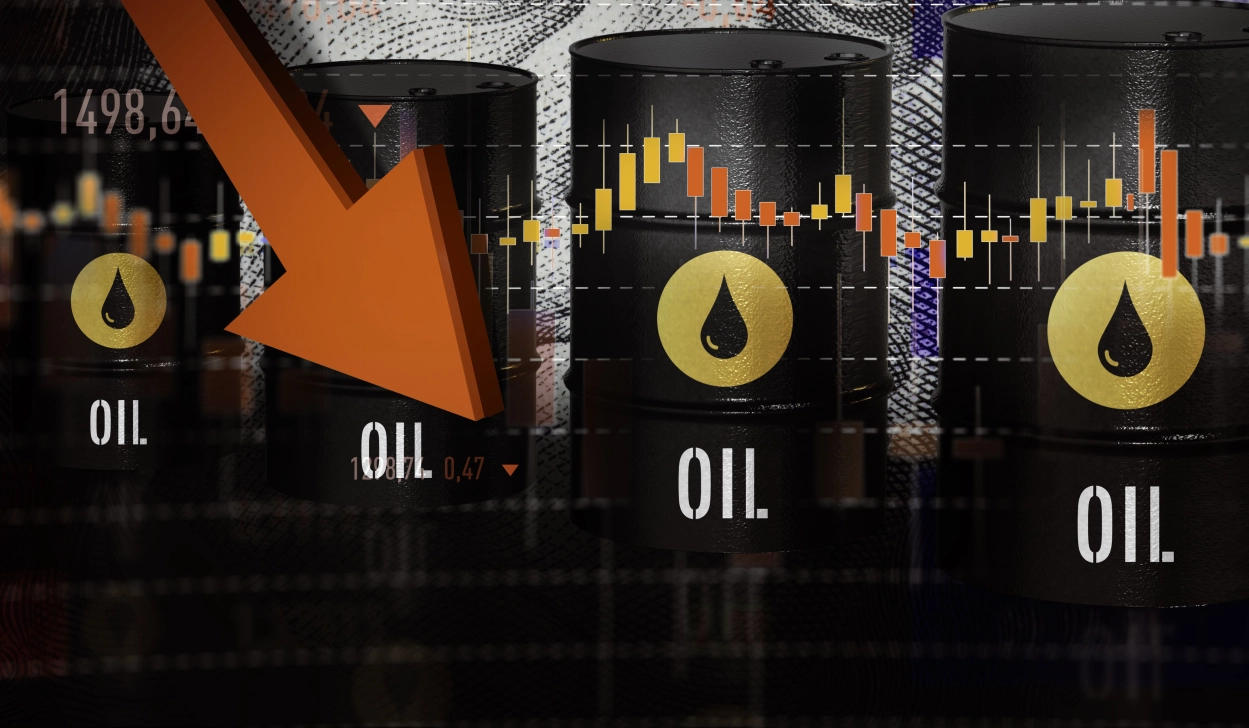The call for a reduction in retail prices for petrol and diesel has intensified as international crude oil prices recently dropped below $80 per barrel, stabilizing in the $76-77 range. This demand is backed by the robust performance of oil marketing companies (OMCs) in the first half of fiscal year 2023 and the maintenance of retail inflation within the Reserve Bank of India’s (RBI) comfort zone in November 2023.
1. OMCs’ Strong Financial Performance Boosts Price Cut Advocacy
A senior government official highlighted that the OMCs have experienced profitability in the first half of FY24 compared to the same period in FY23. This, coupled with the current international crude oil prices below $80 per barrel, strengthens the case for a potential price cut, possibly in January 2024.
2. Potential Impact on Excise Duty and Fuel Price Revision
The discussion during the Budget (vote on account) consultation process involved fuel price revision, but at that time, oil prices were volatile, ranging around $81-82 per barrel. The present scenario of prices below $80 is considered favorable for OMCs. It remains uncertain whether there will be a cut in excise duty, as observed in November 2021 and May 2022, or a resumption of the daily fuel price revision exercise, which has been on hold since April 6, 2022.
3. Market Volatility and Consideration for Price Cut
While there is currently a strong case for a price cut given the decrease in inflation, global prices stabilizing in the $76-77 range, and improved financial positions of OMCs, market volatility persists due to uncertainties over global demand. If international prices remain around $80 into the new year, it could further support the argument for a price cut.
4. OMCs’ Financial Health and Brent Price Sensitivity
Trade sources suggest that OMCs’ marketing margins would be impacted if Brent crude sustains at $85 per barrel. OPEC+ is expected to target keeping prices around $80 per barrel, the fiscal break-even price for Saudi Arabia.
Financial Overview of OMCs
According to JM Financial’s December 2 report, OMCs have experienced a significant rise in gross auto-fuel marketing margin and gross auto-fuel integrated margin, surpassing historical margins. Prabhudas Lilladher’s November 30 report predicts a strong Q3 FY24 for OMCs, attributing it to improved gross marketing margins (GMMs) on petrol and diesel.
Crude Oil Market Dynamics
Trade sources highlight the market’s expected choppiness, influenced by concerns such as declining global manufacturing activity, slowing consumer demand, interest rate cuts, a weakening US dollar, and lower rig count. Crude oil prices receive support from OPEC+ production cuts and the International Energy Agency (IEA) increasing its 2024 world oil consumption projections. However, gains are limited due to the market factoring in non-OPEC crude supply from various countries.
Important Questions Related to Exams
Q: Why is there growing anticipation for a fuel price cut?
A: International crude oil prices recently fell below $80 per barrel, prompting calls for a reduction in retail prices for petrol and diesel. The improved financial performance of oil marketing companies and favorable inflation further support this anticipation.
Q: What factors may influence the decision for a price cut?
A: The decision depends on market conditions. If international prices remain around $80, there’s a likelihood of a price cut. However, uncertainties over global demand and considerations for excise duty adjustments or resuming daily fuel price revisions add complexity.
Q: How are oil marketing companies performing financially?
A: Oil marketing companies have witnessed strong financial performance, with gross auto-fuel marketing margins and integrated margins surpassing historical levels. The positive outlook is supported by reports predicting a robust Q3 FY24 for these companies.
Q: What dynamics are affecting the crude oil market?
A: The crude oil market faces choppiness due to concerns about declining global manufacturing, slowing consumer demand, interest rate cuts, and a weakening US dollar. However, support comes from OPEC+ production cuts and increased oil consumption projections by the International Energy Agency for 2024.



 Airbus and Tata to Debut India’s First...
Airbus and Tata to Debut India’s First...
 RBI Forms Panel to Review Fee Structure ...
RBI Forms Panel to Review Fee Structure ...
 NFDC and Netflix India Collaborate to Tr...
NFDC and Netflix India Collaborate to Tr...
